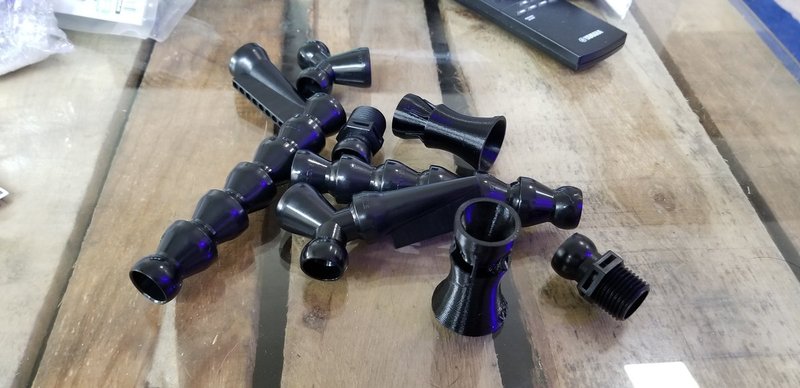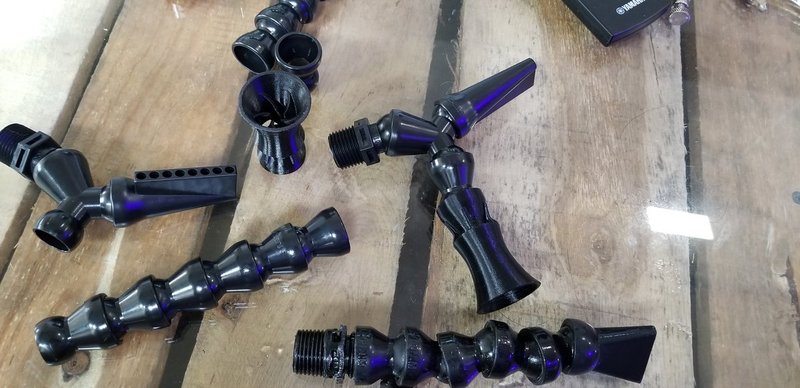-
Posts
10,430 -
Joined
-
Last visited
Content Type
Profiles
Forums
Gallery
Events
Store
Everything posted by jason the filter freak
-
Have a Fluval 5 gallon nano/pico and it's going to be put on a desk near electronics so absolutely no over flows are acceptableHave a Fluval 5 gallon nano/pico and it's going to be put on a desk near electronics so absolutely no over flows are acceptable. . I'm looking for -tiny -redundancy/reliable -reasonably priced I've been considering the IM Titanium
-
My stand has a 1x2 lip all the way around the base of the stand. The inside of the stand is coated with boat deck paint/sealer for the first 12" or so high inside the stand. All the seams and corners are inside the lip are siliconed about 3 inches up the corners and around all the edges. My tank is pretty small 28x30 foot print but the stand reliably holds 7-9 gallons (I don't remember) with nothing in the stand and not a drop of water on the floor after a 48 hr leak test where I filled it all the way to the tip top of the lip. I've since has plenty of smaller spills and nothing reaches the floor so far. I've made this water proof floor catch pan/whatever you want to call it design standard for my last couple of tanks in all cases I've had and no cases of the leaks reach the floor. Aa a precaution all my recent stands have had "feet" that give about 3/16th - 1/4" clearence off the floor so when I get smaller spills from water changes or whatever I can use a small towel or rag to get any tiny puddles and drips that make their way under the stand so it does not get trapped between the bottom of the stand and floor. I always use a pretty good number of feet to ensure the the stand is well supported and level. Warning! If you're sitting the tank on hardwood or other soft flooring materials make sure to use "feet" with a larger foot print I dunno 2.5 across/diameter and or many of them to give good weight distribution to prevent floor dents. All that's really important is that you add as much air gap as safely possible to prevent moisture from building under the stand in the event of small spills. Really hope some of this could be helpful.
-
Doing a recirculation mod on a Avast skimmer. Effluent will be via a uniseal though the skimmer body But I'm not sure what height the tee should be for the effluent nor what the overall height of the effluent assembly should be. Also do I need to vent the pipe cap at the top on a recirc? TIA @dandy7200 @ctenophore
-
I GOT IT!! Wasn't my shoddy soldering skills apparently (although I still need improvement) the unit I had been trying to fix was genuinely trash. However, I got the other one working (I had another display in my fish junk bin from years ago that was sold to me for a few bucks as not working/for parts only)! For those wondering USB to APEX color conversion is : Red to red, green to green, black to blue, and white or clear to "bare"/plain copper. For for those of you wondering about the absurd amount of flux both of the displays I opened up looked like that apparently it's Neptune systems finest work.
-
Anyone every try (and successfully) replace the wet toilet paper strength cord for an Apex display? Using a spare USB A/USB A cable (I mean totally official Aquabus (TM) cable). Cable ripped on mine. Thought that was the only issue but clean up a re-solder doesn't seem to have fixed the issue, but I'm also hot garbage with soldering
-

Justin's 550 almost-cube
jason the filter freak replied to ctenophore's topic in Dedicated Tank (Build) Forum
Resurrection @ctenophore any updates? -
very neat, though I would think a "live edge" at the end of the table would have been more attractive. Way above my skill level tho, kudos to the craftsman.
-
Did not. I've asked and or begged for someone in the area to scrape their tank and or sump for biodiversity and or coralline no dice. The reef scene is miniscule around here. Especially compared to WAMAS. I have definitely seeded with smashed up live rock with heavy encrusted coralline growth though.
-
So in my last tank I had zero coralline growth except on the glass below the level of the sand bed. Myself nor anyone on the forums could figure out a good explanation for that. I moved, set up a whole new tank, and used fresh bags of Hawaiian Black Arag-Alive! Live Reef Sand. 4 months in no coralline algae growth to speak of. I've tried two bottles of Helix (figured it was snake oil anyway), I have no hard corals whatsoever that could be taking up Ca and large quantities of trace elements. The tank gets a 20% water change with Reef Crystals every 3-4 weeks (I don't bother to test after the tank stabilized) so Ca, Mag, Alk, and trace elements shouldn't be an issue. The tank pH fluctuates between 8.1-8.3 pH night and day. 80 gallon tank with 80 ish lbs of Carbisea life rock* and a few lbs of actual live rock to seed the tank. Any ideas. Could it be the black sand, or a hex/curse?
-
I dosed Chemi Clean in a 2 year old 40 gallon AIO. No I'll effects, followed the instructions except I did two 25% water changes.
-
-
I run it rain barrels and use it to water landscaping
-

Sand or No Sand..What’s best?
jason the filter freak replied to bcopenhaver's topic in General Discussion
It's really user preference and how "lazy" you are re: feeding and keeping a sand bed clean. I can say with 98.67% confidence I will never have a tank without a sand bed. I prefer a more natural look and sincerely enjoy watching the tiny little life that springs up in sand beds and digging/sand sifting fish. -
Storytime! (TL:DR, Flatworm Exit worked fine for me. Know what flatworms and other pests look like and look often) Getting any treatable parasite/hitchhiker/ whatever is a lot like getting an STD/STI: 1. It takes as little as one slip up to catch it. 2. It's an embarrassing facepalm moment. 3. You should inspect the tank you're getting corals from for signs/symptoms. (even a seemly "clean tank" may not be but eyeball it pretty carefully before committing to corals if you can.) 4. You NEED to let every person you've given corals to and received corals from know you've got it/them. 5. You need to treat it right away before symptoms get worse. 15 years of reefing and this is my first time getting flatworms. The person I purchased from didn't disclose he had them (claimed he didn't know). I was impatient one day with multiple stressors and just trying to get out the door. I let the specimen containers float for temp acclimation and then put the frags right in. Big mistake 1. My usual practice is to inspect all frags with a lighted magnifier, remove all frags from frag plugs (things like flatworms can get underneath the coral between the frag and the surface of the frag plug), and dip them with coral dip, then RODI, then add them to tank. In an ideal world, everyone would have a frag tank to do QT in, but much like a Ferrari many reefers out there lack either the budget or space or both. I noticed the flatworms later that day. Panicked vacuumed them out after stabbing as many as I could see with a fine pointed scalpel. I thought I got them all. Big mistake number 2. It was at this point I should have gone to an LFS and bought Flatworm Exit or at least started with an order on Amazon. Fast forward to 2ish weeks later. I'm now starting to see them on the base of all my rock work. Just 5-6 at any given time. The flatworm exit had come in the mail. I had read all the horror stories about Flatworm Exit and was definitely scared. In preparation for the treatment, I put together a 20% water change and put fresh carbon* in my reactor and kept it offline. I made an educated guess on my total water volume** and treated with the recommended number of drops erring slightly on overdosing than underdosing. I came back every 10 min to check on the tank and did indeed see the flatworms dying off. They were either falling from the rocks or swinging in the current from some sort of stringy mucus. After 45 min I did a water change with thorough sand vacuuming and brought my carbon reactor back online. After which I kept checking on my tank every 30-60 min for the next few hours (the directions recommend monitoring the tank for 6 hours) after the water change I immediately made up more make up water for another water change in case of a bad reaction (it never came and I'll be doing another water change later this week to not let the mixed water go to waste. My biggest fears were my inverts. I have two different species of shrimp, 4 different species of snails, 1 species of hermits, and a sea slug. I also have a variety of softies, and one accidental SPS that I've been trying to kill off, and two anems. 4 different species of fish. EVERYTHING DID FINE. No deaths, no sluggishness, everything accounted for and eating the next day. I get that Flatworm Exit doesn't seem to work for everyone and that a single data point doesn't make a scientific study but from hours and hours of reading, I'm pretty sure almost all catastrophic post-treatment issues are user-errors. Common user errors seem to be. 1. Waiting entierly too long to treat for flatworms. You should be looking at your rock work at least weekly to check for pests and to marvel at macroscopic life, that's part of the fascination of reef tanks. If you have tons and tons of flatworms the amount of toxic byproduct will be much higher and more likely to wreak havoc on tank occupants. 2. Underdosing or overdosing. Follow the instructions. Not what you heard from a friend of a friend who treated one time. Read the instructions and do the math on your calculation at least twice, have a friend check your work. 3. Failure to do an adequate water change INCLUDING sand vacuuming. Flatworms are tiny, you may not see that their bodies are there but they are there do a water change and vacuum your sand bed especially your corners/dead spots. It's important to keep water flow during treatment but if you can try and decrease horizontal laminar flow/flow across your sand bed so the dead flatworms fall to the bottom and don't get blown all over your rocks. 4. Failure to run carbon* and/or run it properly. If you've got an established reef tank you should own a media reactor period. 5. Failure to change filter socks or other mechanical media. If you've got a sump system there's a good chance some flatworm bodies are going to make it into your overflow and into your mechanical media. Change your media about an hour after successful treatment and probably 6 to 24 hours later depending on your water overturn and/or how bad your infestation was. *Carbon: The instructions for the volume of carbon to be used are astonishing (I know I just preached running enough carbon but the amount recommended is HUGE) the instructions recommend something like a pound per 50 gallons. I'm guessing that means old pelleted style carbon, I used Rox .8 carbon and doubled the dosage. I don't have any scientific evidence to back up that calculation but even with 2 largish media reactors, I would not have been able to pack in enough carbon for a pound per 50 gallons. **Water volume, when calculating water volume there are tons of factors. A "100-gallon tank" doesn't hold 100 gallons, whether you have an all in one or sump the overflow system means that water isn't all the way to the rim of your tank. Don't forget to subtract the volume of water between the rim of your tank and the operating water height determined by your overflow depending on the length/width of your tank this could be a couple of gallons to tens of gallons. Don't forget to subtract water volume in your overflow again could be a fraction of a gallon or a few gallons. Don't forget to subtract water volume displaced by sand/rock work. Sand it pretty easy you again run a LxWxH volume calculation on your sand bed and subtract. Rockwork is harder but you can sort of eyeball the LxWxH volume displaced by your rock. Don't forget to add your sump and equipment volume in. Again a "50-gallon sump" doesn't hold 50 gallons during operation. Make sure you account only for the water present during operation. Some equipment holds a considerable amount of water that's not going to be accounted for in your sump calculation alone. Skimmers, media reactors, algae reactors, etc. Fractions of a gallon to multiple gallons. Good luck and prevention is key. Learn from others' mistakes so you don't have to learn from your own. Happy reefing.
-
If PVC is Legos for tank nerds then Loc-line is technic. I swapped the Chinese Loc-line that came with my SCA tank today (both were 1/2") The amount of decrease in restriction was night and day and then some. My return pump (Varios 6) started running dry within about 45 seconds of me starting it up with the new plumbing. Also the emergency drain was pouring like a waterfall. Went from dual 1/2" flares to dual Y with a spray bar and random flow generator/eductor. Varios was dialed to Max with the old returns. And had to be turned down to 1 or of 5 for the overflow/drain to keep up with the new return nozzles.
-

Need recommendations: Ro/Di storage
jason the filter freak replied to jason the filter freak's topic in General Discussion
Reef Crystals from a box I bought a month or two ago. I opened a whole new 50 gallon bag just to retest after getting an elevated reading of the bag that was already opened. -

Need recommendations: Ro/Di storage
jason the filter freak replied to jason the filter freak's topic in General Discussion
@sethsolomon ITS MY M***********G salt mix Im soooo livid. Tap water Ammonia = 0 Water from RO/DI Ammonia = 0 Water from RO/DI water storage container Ammonia = 0 Water from RO/DI water storage container poured into the same 7 gallon instant ocean bucket i've been using for 10-15 years to mix make up water Ammonia = 0 Water in above said bucket after mixing in 3 cups of salt into 5 gallons of water Ammonia = .25-.3 tested with both an API test kit and a Tropic Marin test kit. Tank water Ammonia = .2ish ( I had just done a number of large changes over the last week to try and drive the ammonia down till I could figure out what the source was)



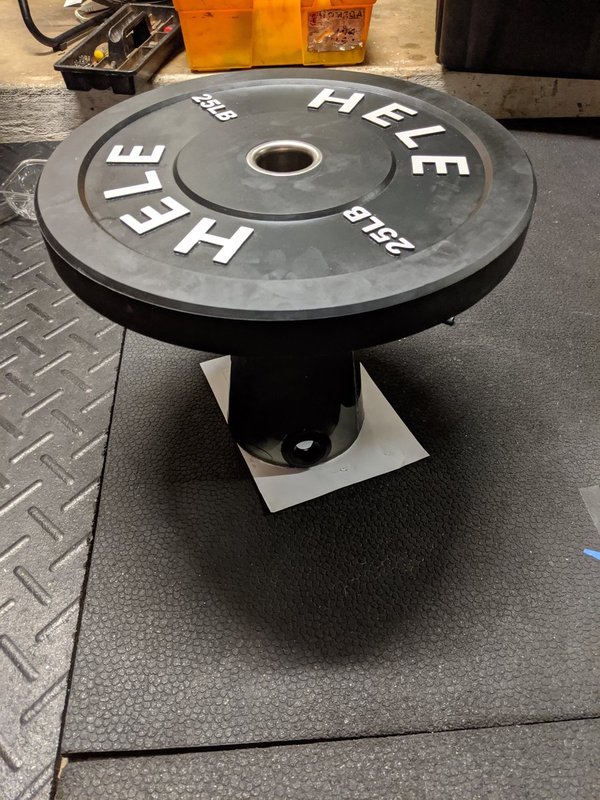
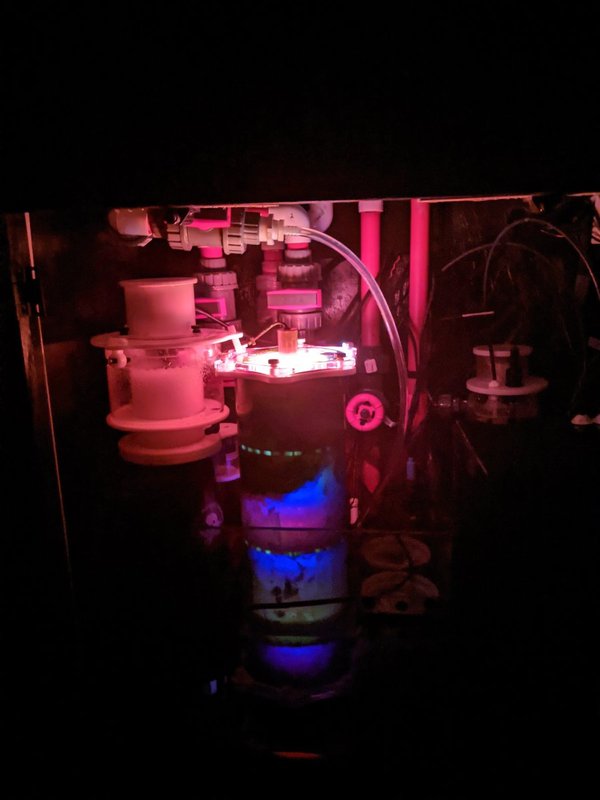
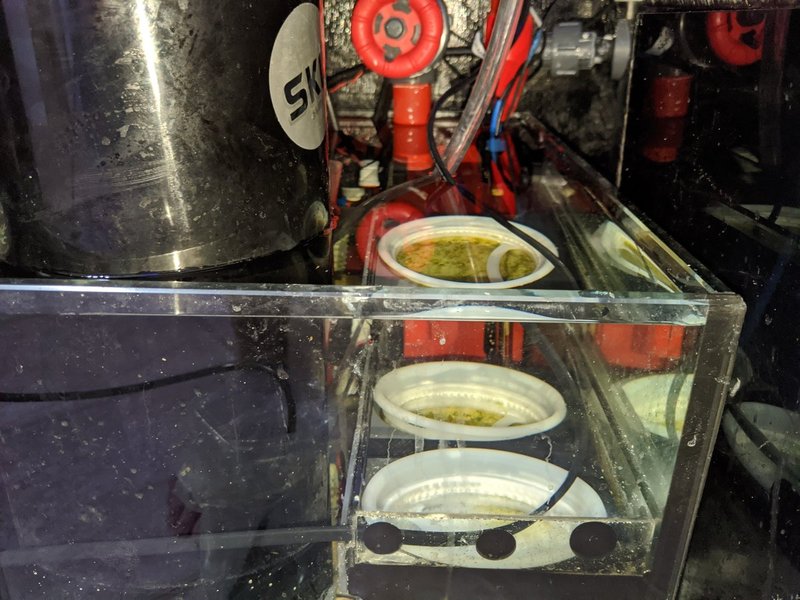
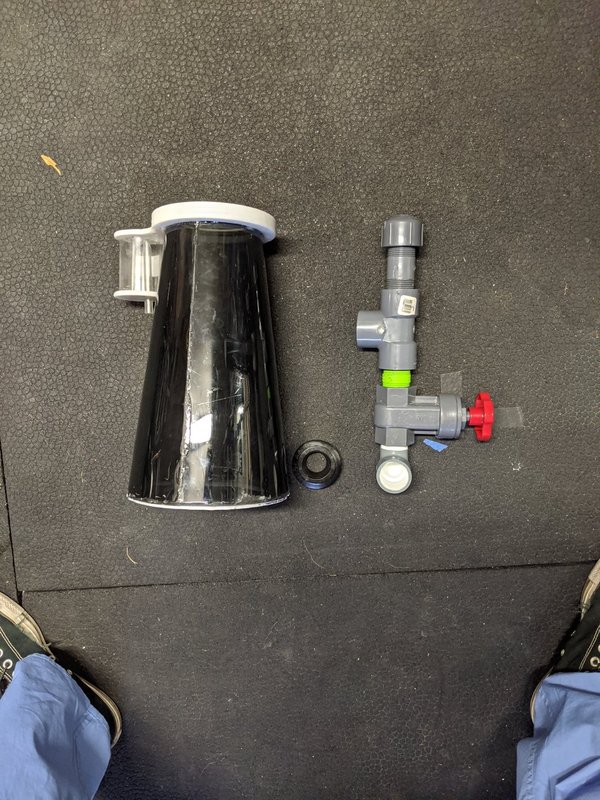
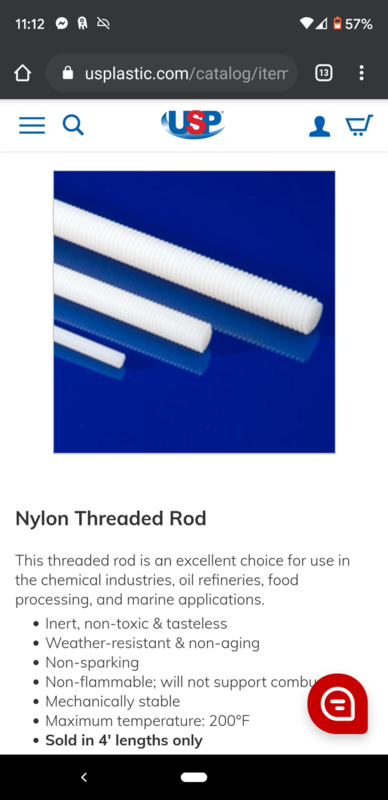
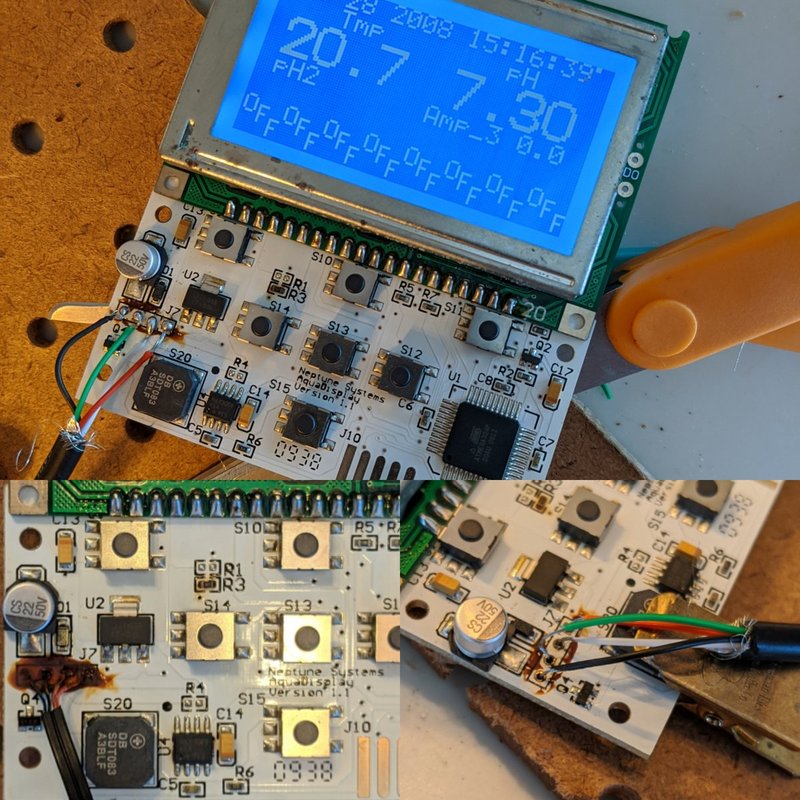
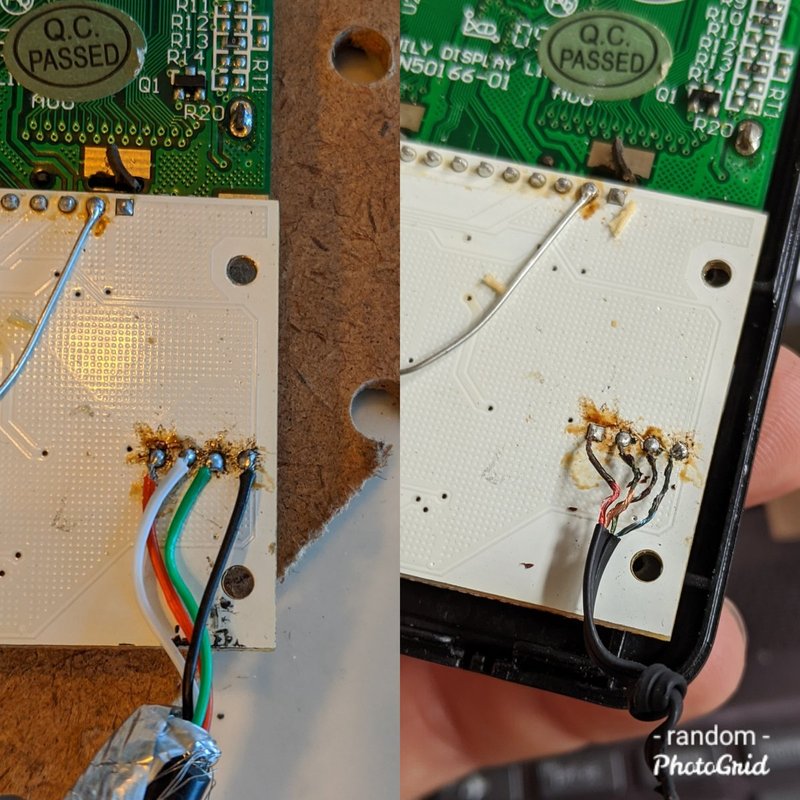
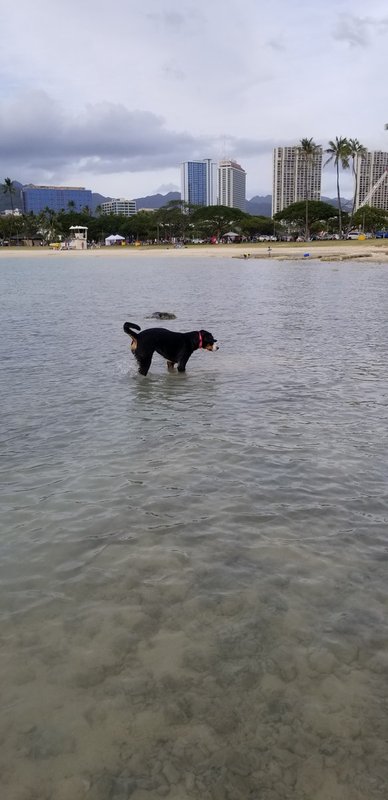
.thumb.jpg.22de61405fc4e9dfe24181d63eb42f86.jpg)
